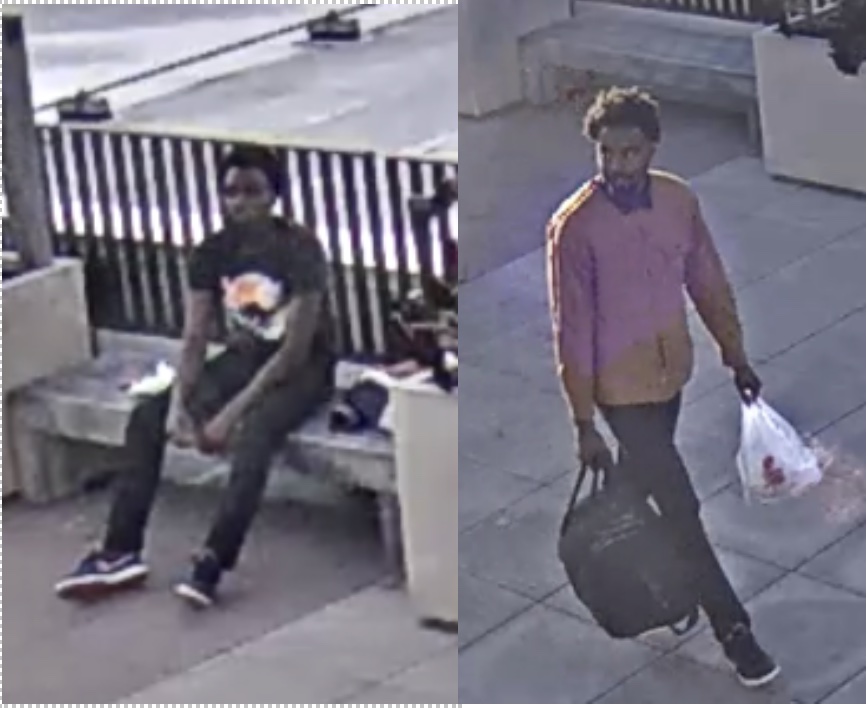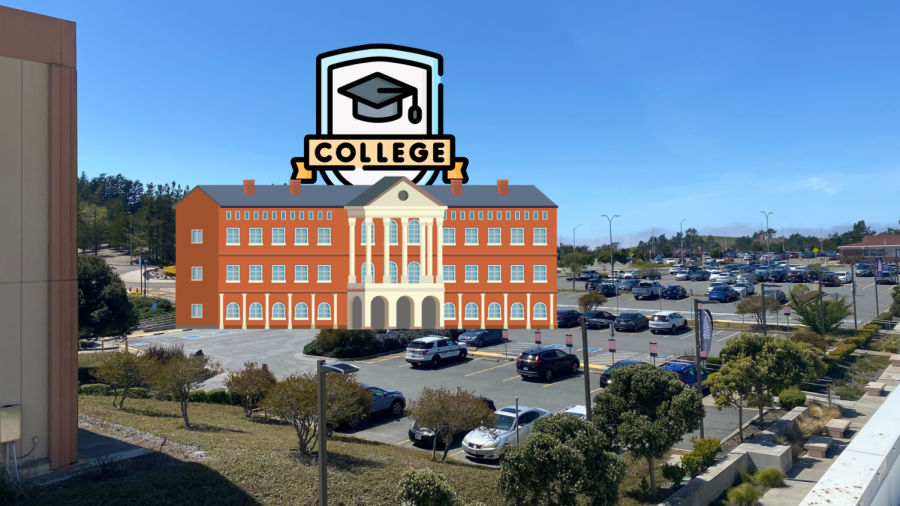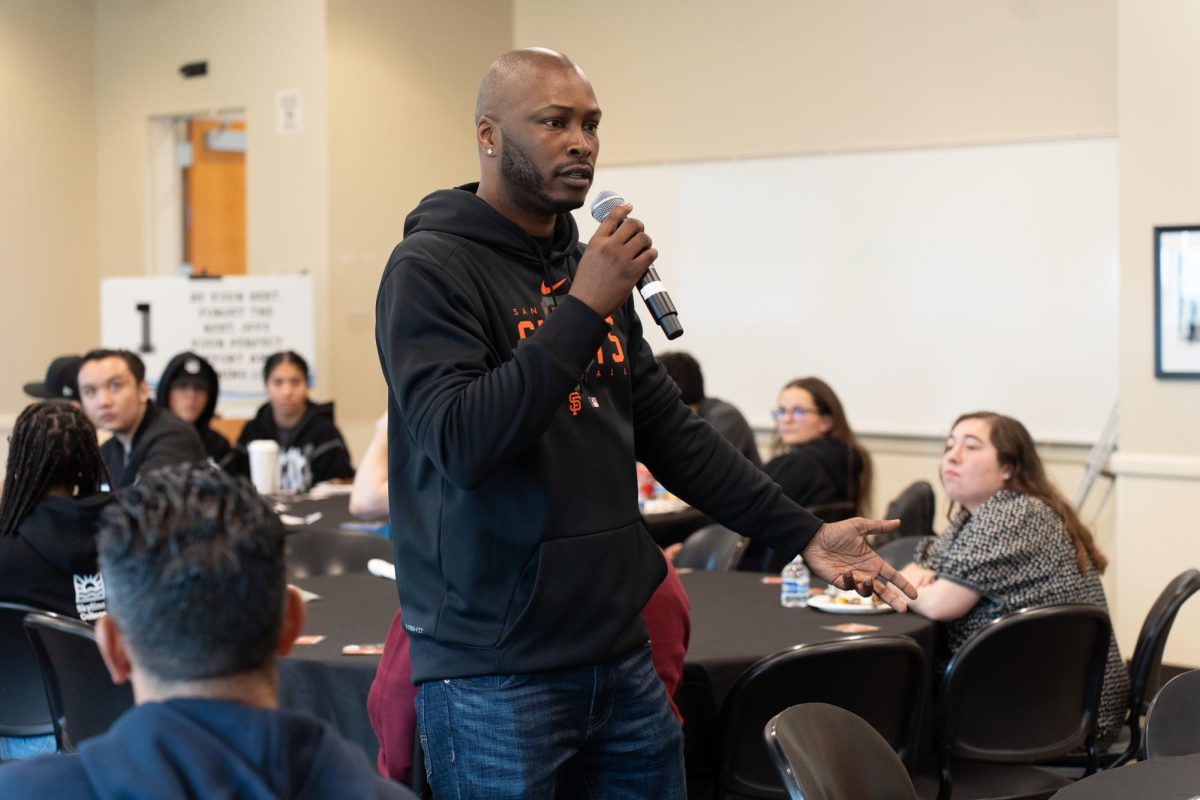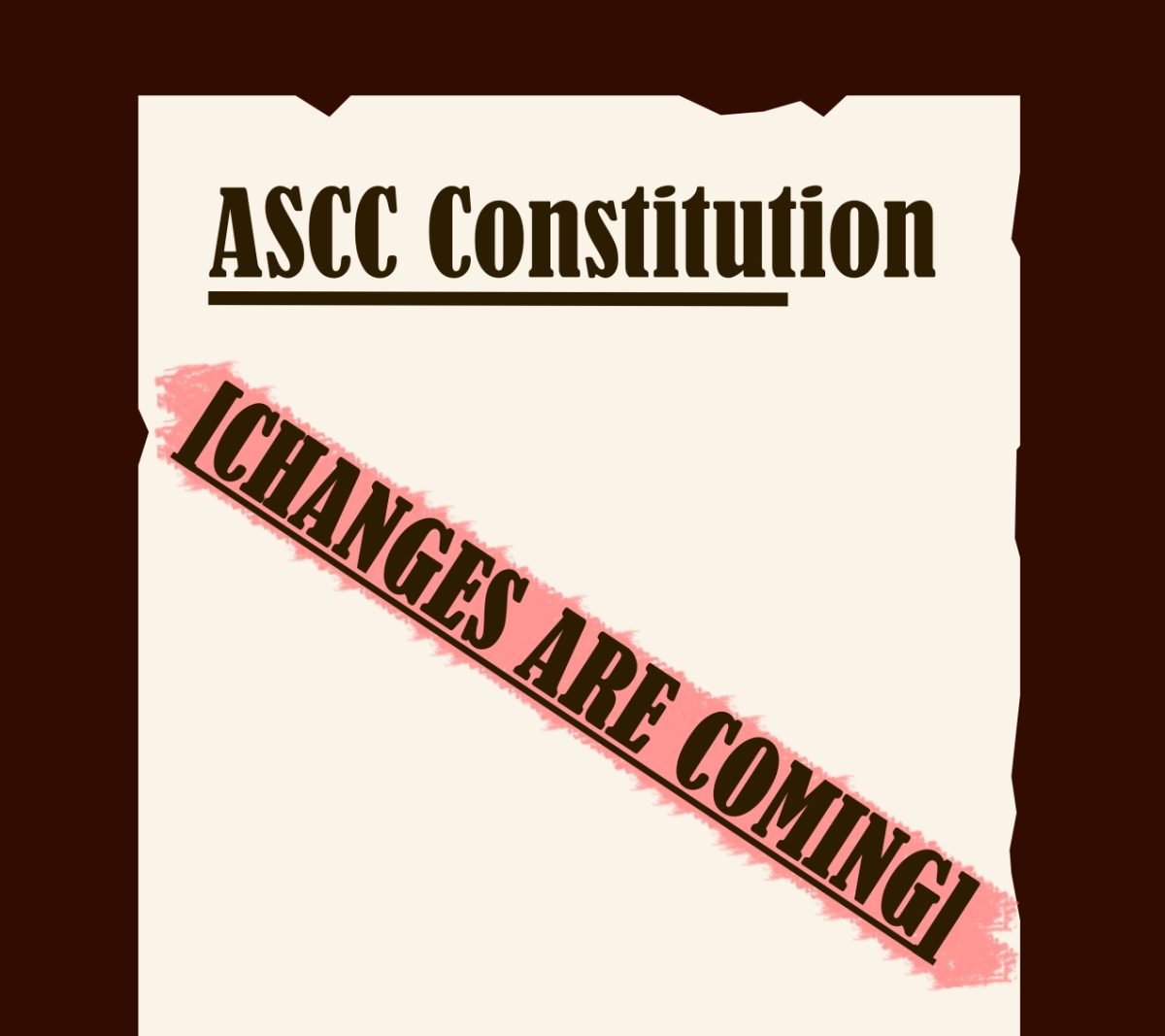AB 109, a statewide effort to reduce prison size and overcrowding, has been linked to recent break-ins in Skyline College.
AB 109 is a realignment law signed in by Governor Brown in September 2011 to meet the US Supreme Court’s decision to reduce the prison sizes in the state of California. The law moves prisoners from the state level and shifts responsibility down to the county level.
Laurence Lamont Boone was arrested for stealing textbooks from Skyline College, as well as from Foothill College and College of San Mateo. He was a low level offender who was released from prison because of the AB 109 realignment law.
“Criminal Justice does not have a crystal ball, you don’t know who’s going to reoffend and who’s not,” said Steven Aurilio, professor in the Administration of Justice department. “It’s a risk, it’s a chance.”
Because of the AB 109 law, some offenders are released on parole, but there is no guarantee that they will be an upstanding citizen once they are back on the streets.
It is too early to tell as to whether or not AB 109 will be beneficial for the state of California, but there the cons are already beginning to sprout, one of which being the overcrowding of jails.
“Legislation came out doing a couple things, one is removing the cap for the county jails that says that you can only hold people for one year per offense,” says Aurillo. “Because people sentenced under felonies, they’re going to have 2 year, 5 year, 20 year sentences, so you’re going to have to remove that cap.”
The inmates that get transferred to these county jails are felons who’s sentences are non-serious, non-violent or non-sex offenses (non non non), like Laurence Boone. As felons move into the county system with sentences of over the one year cap, jails will eventually begin to fill as prisons sizes hopefully begin to lessen.
Another possible problem is if we begin to fill up our county jails with low-level felons and state prisons still begin to fill up, where do you go next? Eventually prisons will begin to become overcrowded and they will not be fit to accommodate the amount of people in them, bringing a risk of in-adequate living conditions and medical care. There would be a possibility of breaching the 8 th amendment at that point.
“For too long, the state’s prison system has been a revolving door for lower-level offenders and parole violators who are released within months,” said Governor Brown during a press conference. “Cycling these offenders through state prisons wastes money, aggravates crowded conditions, thwarts rehabilitation, and impedes local law enforcement supervision.”
According to the California Department of Corrections and Rehabilitation’s website as of November 2012, the population in the 33 adult California institutions is at 120,124 inmates, which is way above the court-ordered benchmark of 117,009. So at this point the state of California has not is not even close to meeting the Supreme Court’s order to fix its prison overcrowding.
“I feel as though as though this law won’t be effective in the long term,” said Avery Chua, student at Skyline College. “There is no guarantee that our state prisons still won’t be filled up after all of this.”
It is still too early to tell as to whether this realignment law will be effective in meeting the Supreme Court’s order to reduce prison sizes by 33,000 inmates by 2013.















